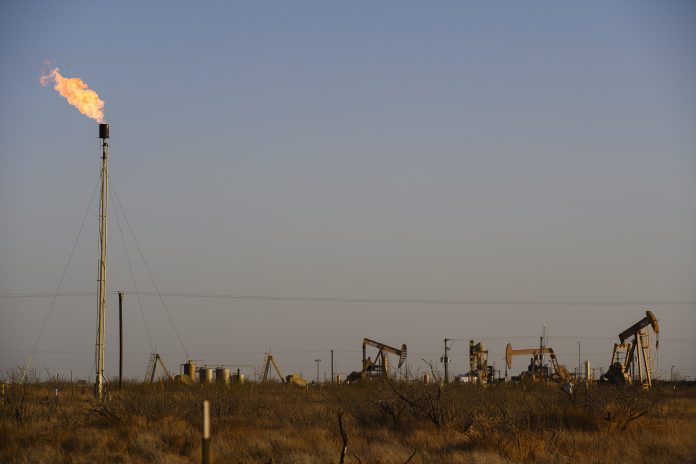
The Mexican energy industry has its problems as usual, but there have been a few encouraging developments lately like small foreign investments and a reduction of flaring and greenhouse gas emissions.
Waco economist Ray Perryman and Permian Basin Petroleum Association Executive Vice President Stephen Robertson say the industry has problems it has been unable to solve because of political interference.
“Mexican economic and energy policy is always problematic and corruption has often been an issue,” Perryman said. “At present, however, there are actually some positive signals with regard to the energy sector.
“For example Mexico last fall announced it was increasing the degree of reductions in greenhouse gas emissions and the government has announced some specific actions toward improving conditions. According to the World Bank flaring volume in Mexico fell significantly in 2022, reversing a trend of rising that had been seen for several years. Total CO2 emissions are also down, according to information compiled by the International Energy Agency.”
Perryman said renewable generation capacity in Mexico is growing and the government plans further increases.
“At the same time coal consumption is falling,” he said. “Oil and natural gas production in Mexico peaked more than a decade ago and the geology there is not as favorable for recovering shale gas as it is in many other areas. In fact U.S. exports of natural gas to Mexico have increased by more than 400 percent since 2011.”
The economist said private investment in Mexico’s energy exploration and production is small but growing and total foreign direct investment in Mexico is up significantly.
“Nonetheless the combination of relatively high political risk, the relatively high carbon content of the Mayan crude that is predominant in Mexico and overall uncertainty in the energy sector make sizable international investment unlikely,” he said. “In short Mexico faces significant and ongoing challenges, but some of the extreme chatter about the current problems appears to overstate matters based on a review of objective international data.”
Robertson said President Andres Manuel Lopez Obrador’s actions to nationalize energy production in Mexico, such as the nation’s $6-billion purchase of natural gas plants and a wind farm from Spain’s biggest power company, Iberdrola Energy, earlier this year, “could have a chilling effect on international investment in energy production in the country.
“Imports in energy from Texas continue to rise,” Robertson said. “Mexico is still Texas’ No. 1 trading partner and oil and natural gas continue at the top of the export list from Texas to Mexico. In fact in 2022 Texas exported more oil and natural gas in value to Mexico than in any previous year according to data promulgated by the U.S. Census Bureau.”
With the Permian Basin now accounting for over 40 percent of the U.S.’s total crude oil production and around 20 percent of the total domestic natural gas production, Robertson said, a large portion of those exports will originate from wells in the Basin.



